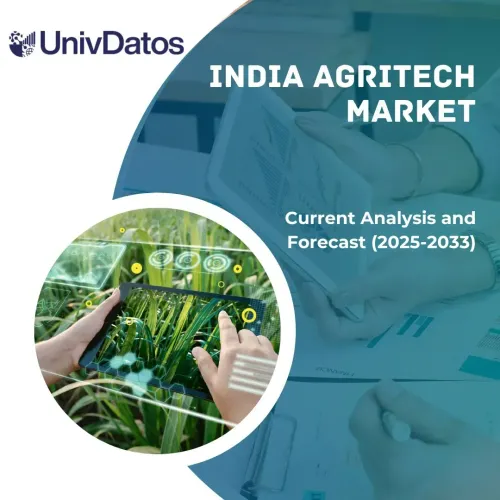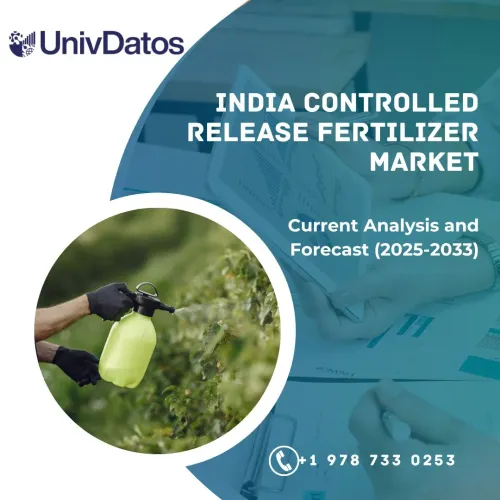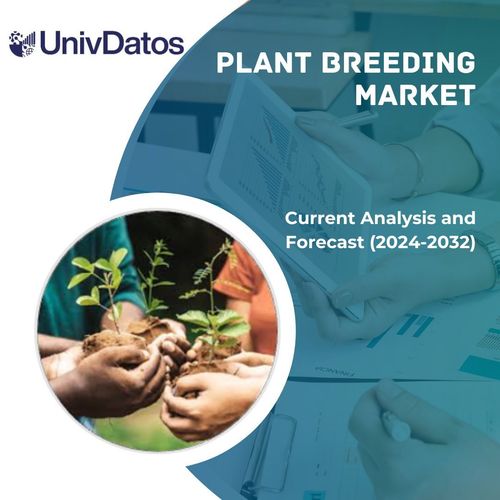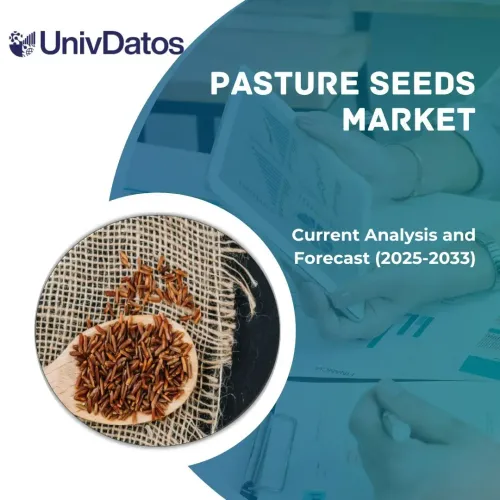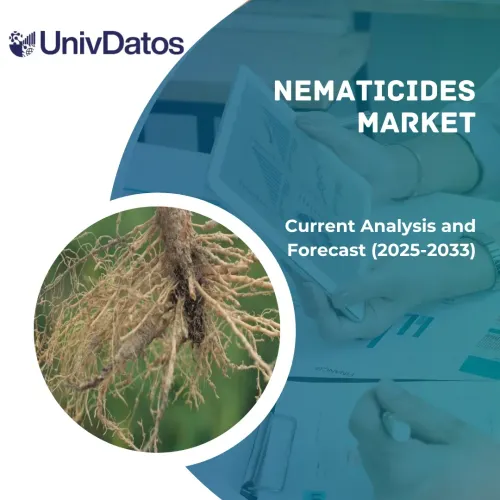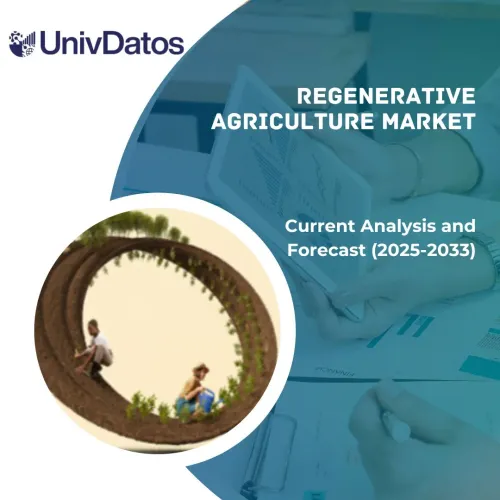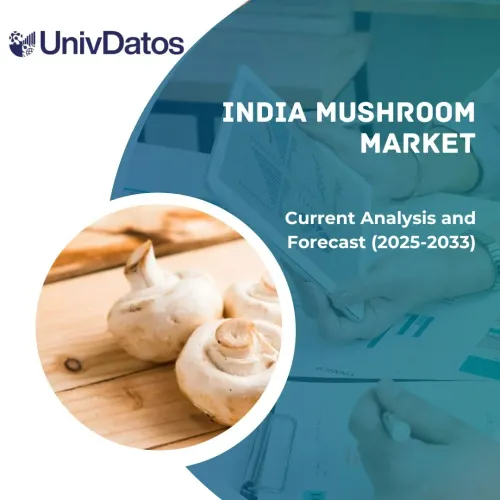- Home
- About Us
- Industry
- Services
- Reading
- Contact Us
Water-Soluble Fertilizers Market: Current Analysis and Forecast (2022-2028)
Emphasis on Type (Nitrogenous, Phosphatic, Potassic, and Others); Crop Type (Field Crop, Horticulture, Turf & Ornamentals, and Others); Application (Foliar and Fertigation); and Region/Country
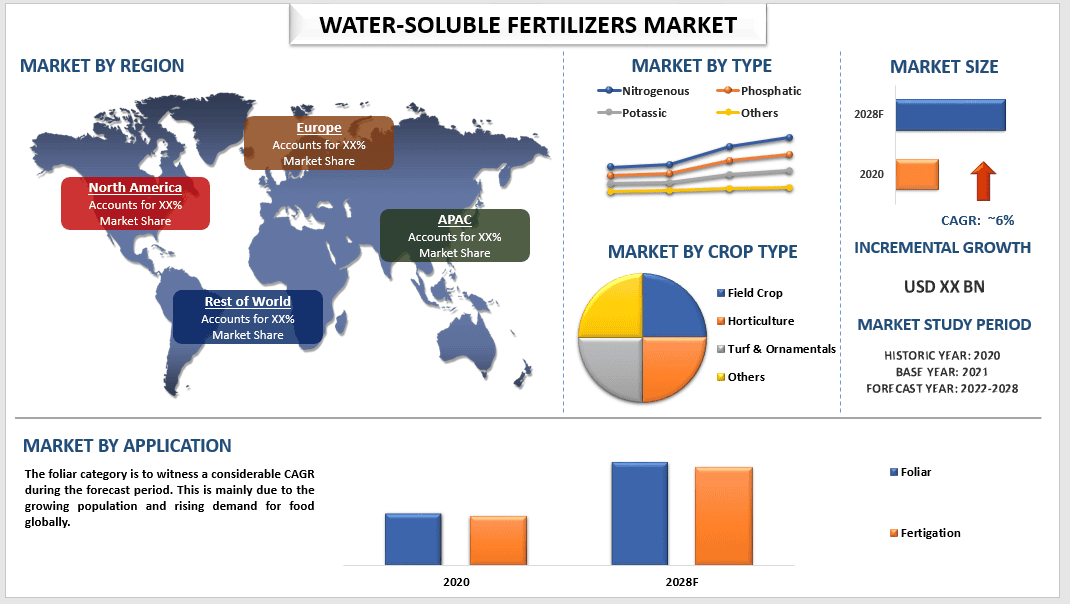
The global water-soluble fertilizers market is expected to grow at a significant rate of around 6% during the forecast period 2022-2028. These fertilizers are easily absorbed by plants because they dissolve in water. Water soluble fertilizers, whose nutrient levels are unaffected by erosion and leaching, make nutrition management simple. Through Fertigation, they can be applied quickly and easily, and they are the most important component of cutting-edge agricultural systems like drip irrigation and hydroponics.
Moreover, the high efficiency of these fertilizers, the rising demand for nutritional food, environmental concerns, and the growing demand for the supply of food for a rapidly growing population followed by the demand for an increase in productivity and income of farmers are the major factors for the growth of the market during the forecast period. For instance, according to the world bank, the global population growth rate increased by 0.9% and the worldwide population is around 7.8 billion which will propel the growth of the water-soluble fertilizers market during the forecast period.
Nutrien Ltd., Yara, ICL, Haifa Chemicals, Mosaic, Coromandel International Limited, K+S ktiengesellschaft, SQM S.A., TATA Chemicals Ltd., OAFCO. are some of the key players in the market. Several M&As along with partnerships have been undertaken by these players to facilitate customers with hi-tech and innovative products/technologies.
Insights Presented in the Report
“Amongst type, nitrogenous category to witness robust CAGR during the forecast period”
Based on type, the market is segmented into nitrogenous, phosphatic, potassic, and others. The nitrogenous category is to witness higher CAGR during the forecast period owing to its high application in grains & oilseeds. Nitrogen is considered the most critical nutrient for adequate crop growth because it provides better color & texture to the plants.
Furthermore, the use of phosphate fertilizers in various types of crops promotes root growth, improves quality, and enhances stem strength. Additionally, the increasing consumption of cereals and grains, such as rice, wheat, rye, corn, oats, sorghum, and barley, across the globe is driving the demand for phosphate fertilizer in this segment.
“Amongst application, the foliar to hold a significant share in the market in 2020”
Based on the application, the market is categorized into foliar and fertigation. Among these, the foliar category is to hold a significant share of the market in 2020. Owing to its applications such as it increases consumption of nutrients & water from the soil, additionally provide several benefits to the plant suffering from a deficiency. Furthermore, rising product development and investment in the fertilizer industry will boost the growth of the water-soluble fertilizer market during the forecast period. For instance, in 2019, Yara North America launched YaraVita OptimumTurf, a foliar nutrition line specifically designed for the turf and ornamental industry. YaraVita OptimumTurf includes eight products that each deliver a specific nutrient or nutrient mix for efficiently sustaining turfgrass and plant health, thus, boosting performance, durability, and aesthetics.
“APAC to hold a significant share in the market”
For a better understanding of the market adoption of the water-soluble fertilizers market, the market is analyzed based on its worldwide presence in the countries such as North America (U.S., Canada, Rest of North America), Europe (Germany, U.K., France, Spain, Italy, Rest of Europe), Asia-Pacific (China, Japan, India, Rest of Asia-Pacific), Rest of World. The rise in the agriculture sector of the Asia-Pacific region helped the region to obtain a dominating position in the market. Regional demand for water-soluble fertilizer due to agricultural consumption is needed in order to feed the growing and already higher population. Additionally, in countries, such as India and other southeast Asian countries, the arable land per person is decreasing at an alarming rate as the population is increasing and due to pollution and climatic conditions, the health of plants and crops is reducing thereby, increasing the utilization of water-soluble fertilizers in the region to increase the average crop yields per hectare.
Reasons to buy this report:
- The study includes market sizing and forecasting analysis validated by authenticated key industry experts.
- The report presents a quick review of overall industry performance at one glance.
- The report covers an in-depth analysis of prominent industry peers with a primary focus on key business financials, product portfolio, expansion strategies, and recent developments.
- Detailed examination of drivers, restraints, key trends, and opportunities prevailing in the industry.
- The study comprehensively covers the market across different segments.
- Deep dive regional level analysis of the industry.
Customization Options:
The global water-soluble fertilizers market can further be customized as per the requirement or any other market segment. Besides this, UMI understands that you may have your own business needs, hence feel free to connect with us to get a report that completely suits your requirements.
Table of Content
Research Methodology for the Water-Soluble Fertilizers Market Analysis (2022-2028)
Analyzing the historical market, estimating the current market, and forecasting the future market of the global water-soluble fertilizers market were the three major steps undertaken to create and analyze the adoption of water-soluble fertilizers in major regions globally. Exhaustive secondary research was conducted to collect the historical market numbers and estimate the current market size. Secondly, to validate these insights, numerous findings and assumptions were taken into consideration. Moreover, exhaustive primary interviews were also conducted, with industry experts across the value chain of the global water-soluble fertilizers market. Post assumption and validation of market numbers through primary interviews, we employed a top-down/bottom-up approach to forecasting the complete market size. Thereafter, market breakdown and data triangulation methods were adopted to estimate and analyze the market size of segments and sub-segments of the industry pertains to. Detailed methodology is explained below:
Analysis of Historical Market Size
Step 1: In-Depth Study of Secondary Sources:
Detail secondary study was conducted to obtain the historical market size of the water-soluble fertilizers market through company internal sources such as annual reports & financial statements, performance presentations, press releases, etc., and external sources including journals, news & articles, government publications, competitor publications, sector reports, third-party database, and other credible publications.
Step 2: Market Segmentation:
After obtaining the historical market size of the water-soluble fertilizers market, we conducted a detailed secondary analysis to gather historical market insights and share for different segments & sub-segments for major regions. Major segments are included in the report as type, crop type, and application. Further country-level analyses were conducted to evaluate the overall adoption of testing models in that region.
Step 3: Factor Analysis:
After acquiring the historical market size of different segments and sub-segments, we conducted a detailed factor analysis to estimate the current market size of the water-soluble fertilizers market. Further, we conducted factor analysis using dependent and independent variables such as various type, crop type, and applications of water-soluble fertilizers. A thorough analysis was conducted for demand and supply-side scenarios considering top partnerships, mergers and acquisitions, business expansion, and product launches in the water-soluble fertilizers market sector across the globe.
Current Market Size Estimate & Forecast
Current Market Sizing: Based on actionable insights from the above 3 steps, we arrived at the current market size, key players in the global water-soluble fertilizers market, and market shares of the segments. All the required percentage shares split, and market breakdowns were determined using the above-mentioned secondary approach and were verified through primary interviews.
Estimation & Forecasting: For market estimation and forecast, weights were assigned to different factors including drivers & trends, restraints, and opportunities available for the stakeholders. After analyzing these factors, relevant forecasting techniques i.e., the top-down/bottom-up approach were applied to arrive at the market forecast for 2028 for different segments and sub-segments across the major markets globally. The research methodology adopted to estimate the market size encompasses:
- The industry’s market size, in terms of revenue (USD) and the adoption rate of the water-soluble fertilizers market across the major markets domestically
- All percentage shares, splits, and breakdowns of market segments and sub-segments
- Key players in the global water-soluble fertilizers market in terms of products offered. Also, the growth strategies adopted by these players to compete in the fast-growing market
Market Size and Share Validation
Primary Research: In-depth interviews were conducted with the Key Opinion Leaders (KOLs) including Top Level Executives (CXO/VPs, Sales Head, Marketing Head, Operational Head, Regional Head, Country Head, etc.) across major regions. Primary research findings were then summarized, and statistical analysis was performed to prove the stated hypothesis. Inputs from primary research were consolidated with secondary findings, hence turning information into actionable insights.
Split of Primary Participants in Different Regions
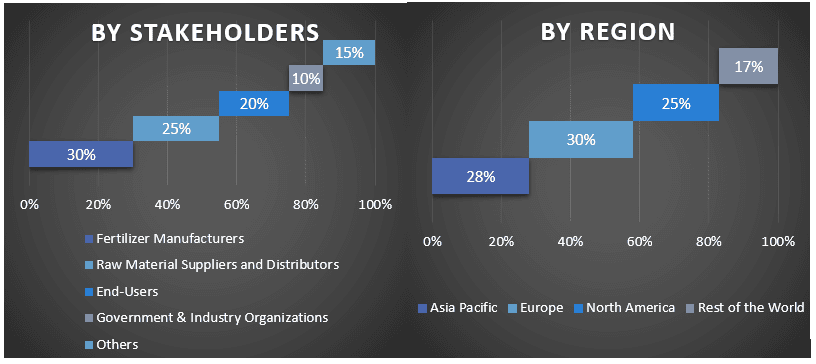
Market Engineering
The data triangulation technique was employed to complete the overall market estimation and to arrive at precise statistical numbers for each segment and sub-segment of the global water-soluble fertilizers market. Data was split into several segments & sub-segments post studying various parameters and trends in the areas of type, crop type, and application in the global water-soluble fertilizers market.
The main objective of the Global Water-Soluble Fertilizers Market Study
The current & future market trends of the global water-soluble fertilizers market were pinpointed in the study. Investors can gain strategic insights to base their discretion for investments on the qualitative and quantitative analysis performed in the study. Current and future market trends determined the overall attractiveness of the market at a regional level, providing a platform for the industrial participant to exploit the untapped market to benefit from a first-mover advantage. Other quantitative goals of the studies include:
- Analyze the current and forecast market size of the water-soluble fertilizers market in terms of value (USD). Also, analyze the current and forecast market size of different segments and sub-segments
- Segments in the study include areas of type, crop type, and application.
- Define and analysis of the regulatory framework for the water-soluble fertilizers
- Analyze the value chain involved with the presence of various intermediaries, along with analyzing customer and competitor behaviors of the industry.
- Analyze the current and forecast market size of the water-soluble fertilizers market for the major region.
- Major countries of regions studied in the report include Asia Pacific, Europe, North America, and the Rest of the World.
- Company profiles of the water-soluble fertilizers market and the growth strategies adopted by the market players to sustain in the fast-growing market
- Deep dive regional level analysis of the industry
Related Reports
Customers who bought this item also bought

